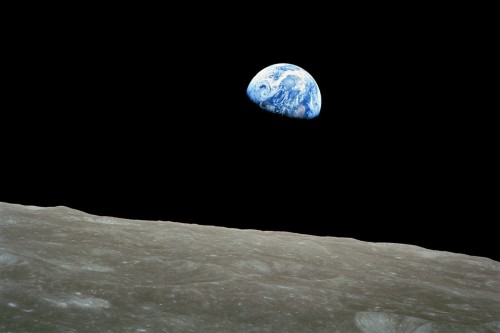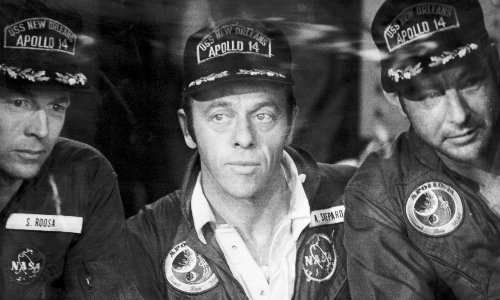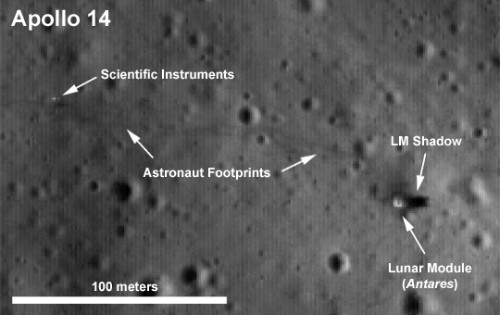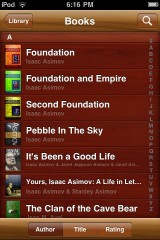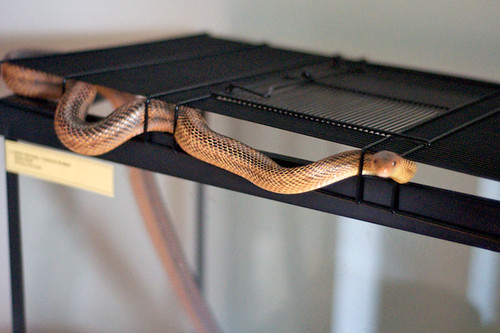More flooding
The basement flooded again last night, thanks to a heavy downpour that backed up the town’s sewers. Almost every unit in our building was affected. (The landlord is in contact with the town about it.)
It happened while we were in Ottawa: our neighbours called us to let us know; we aborted our plans and headed home (through the storm that caused the flood, which was exciting) to deal with the mess. Which actually wasn’t all that bad. For one thing, our neighbours had, in our absence, gathered up as much as they could from the basement floor, which had around an inch or so of water. For another, after our last flood, three years ago, we made sure that anything directly on the floor down there was either in waterproof containers, could handle an inch or two of water, or was eminently disposable, so there was no real damage to speak of.
If you can believe it, we shovelled out the water — we used the snow shovel to fill buckets of water. It was more effective than anything else we had on hand.
The landlord will probably either replace the basement drain’s valve or stop it up completely: more water comes up from that drain than has ever come out of it.
